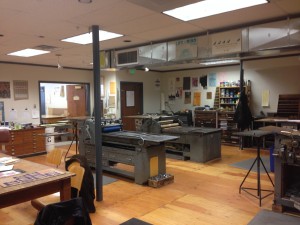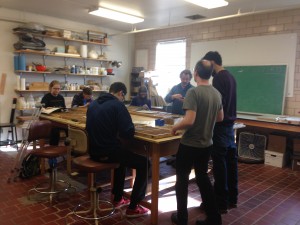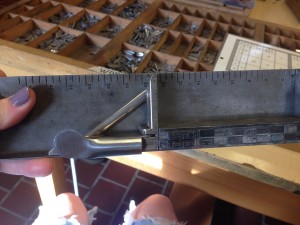Where on campus can you find an illustration of the charismatic and extinct dodo bird, drawn by the hand of someone who lived among them? The answer, of course, is Special Collections. Even considering the last five months I’ve spent working there, pulling and re-shelving materials from its four chambers—the CC room, Colorado room, Special Editions room, and the vault—I still consider it a treat to have an entire class period, such as today’s, dedicated to a close look at a handful of items. I intend to become as familiar as possible with the collection during my four years, and this morning was another big step in that direction. Not to mention, now I’ve seen a predictably accurate sketch of the dodo bird (while on the previous page is a terrifying, seemingly inaccurate drawing of a flying squirrel).
In this half-block, our objective is to consider the nature of books as objects, rather than engaging in an intense scrutiny of their content, which is a necessary learning activity of your average course. Part of this consideration is the process of printing. Fortunately, the Press at Colorado College is a well-oiled machine (thanks to aficionado Aaron Cohick) that exposes to 21st century students the art of the letterpress. Yesterday we learned to set two sentences of type in preparation for our group printing project.



We have finalized our ideas for the mini-book we will print next week; my two-page spread will include poems and illustrations about banned books and the role they’ve played in society. I’ll also be commenting on what censorship might look like in the future––think Fahrenheit 451 (one of my all-time favorites, by the way).
It turns out that “The History and Future of the Book” is somewhat of a misleading title. Whenever I say it to others after they ask me which class I’m taking, many of them think “the Book” refers to the Bible, when really we’re looking at all books, not just the one that’s been printed, bought, and sold the most. Thank goodness, because it’s quite fascinating to think about where books have their origins, how they function in today’s world, and what they might look like in 100 years (Kindles only? Not enough trees to make paper?). Hopefully, the book my classmates and I produce will encourage its readers to think about the same ideas.